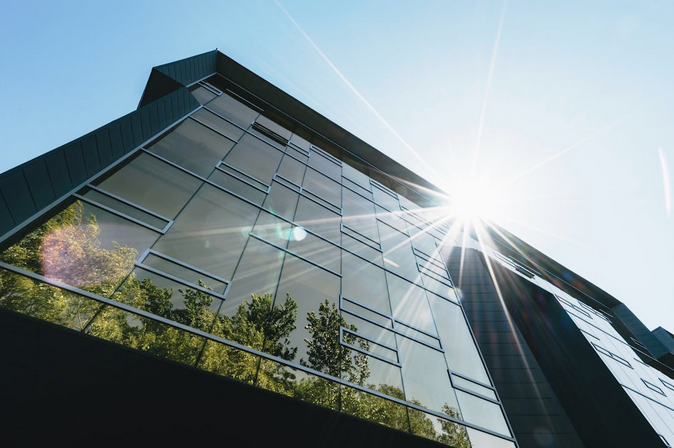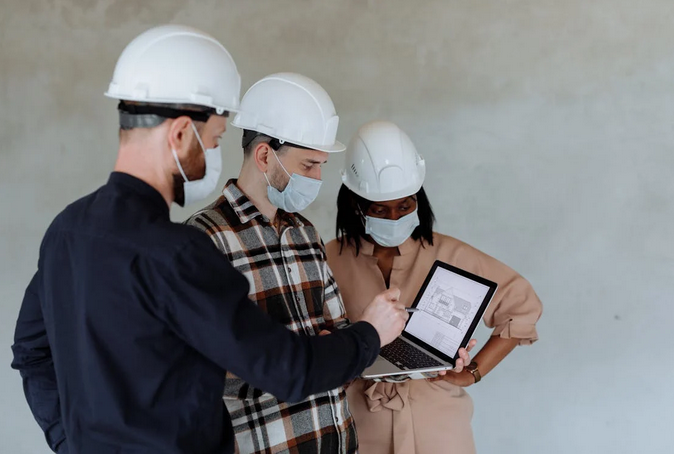
Why Sustainable Design Is No Longer Optional in Today’s Built Environment
The world is rapidly changing, and so are our priorities. As urbanization continues to rise, the demand for sustainable design in the built environment has shifted from a luxury to a necessity. Buildings no longer simply provide shelter. They play a crucial role in promoting environmental health, social equity, and economic viability. Every choice made during the design process can have lasting effects on our planet. So why should we care? Embracing sustainable practices, especially Ecolution Design, isn’t just about being trendy or eco-friendly; it’s about ensuring a livable future for generations to come. Let’s dive into why sustainable design has become an irreplaceable component of modern architecture and construction.
The Impact of Unsustainable Practices on the Environment
Unsustainable practices are wreaking havoc on our planet. From deforestation to excessive waste, the consequences are severe and far-reaching. The construction industry is a major contributor. Traditional materials often involve energy-intensive processes that release harmful emissions. This not only depletes natural resources but also contributes significantly to climate change. Water pollution from runoff during construction can devastate local ecosystems. Contaminants seep into rivers and oceans, harming aquatic life and disrupting food chains. Landfills overflow with debris from unsustainable buildings. This leads to soil degradation and loss of biodiversity as habitats are destroyed.
Benefits of Sustainable Design in Today’s Built Environment

Sustainable design transforms the built environment in remarkable ways. It prioritizes energy efficiency, significantly reducing operational costs for buildings over time. By using renewable resources and materials, these designs minimize waste and lower carbon footprints. This not only benefits the planet but also creates healthier indoor environments for occupants. Natural light plays a crucial role in sustainable design, enhancing well-being while cutting down on artificial lighting needs. Spaces become more inviting and invigorating as a result.
Challenges and Misconceptions About Sustainable Design
Many people still hold misconceptions about sustainable design. One common belief is that it’s too expensive. While initial costs can be higher, the long-term savings often outweigh these investments. Energy-efficient buildings reduce utility bills significantly over time. Another challenge lies in the perception of aesthetics. Some assume sustainable structures lack visual appeal or creativity. In reality, innovative designs are at the forefront of modern architecture, blending beauty with functionality. There’s also a notion that sustainability is a trend rather than a necessity. As climate change impacts grow more severe, prioritizing eco-friendly practices has become critical for preserving our planet. Limited knowledge and resources can deter professionals from adopting sustainable methods. Education plays a vital role in overcoming this barrier as awareness increases regarding best practices and available materials.
How to Implement Sustainable Design in Your Projects

Implementing sustainable design begins with assessing your project’s environmental impact. Start by evaluating materials and energy sources. Choose renewable or recycled options whenever possible. Engage stakeholders early in the process. Involve architects, engineers, and even community members. Collaboration often leads to innovative solutions that meet diverse needs. Incorporating technology can enhance sustainability. Smart building systems optimize energy usage and improve efficiency over time. Consider integrating solar panels or green roofs into your designs. Don’t forget about flexibility in your plans. Design spaces that adapt to future uses without requiring significant renovations. This approach minimizes waste while promoting longevity. Prioritize education and awareness among team members. Share best practices for sustainability regularly to keep everyone informed and motivated toward a common goal.
Embracing sustainable design is not merely a trend; it’s an essential shift in how we approach the built environment. As our awareness of environmental issues grows, so does the responsibility of architects, builders, and designers to make choices that positively impact our planet. The benefits of sustainable practices are clear: reduced energy consumption, lower operational costs, and healthier living spaces. Moreover, these designs often bring innovation and creativity into play pushing boundaries and redefining what is possible in construction. Yes, challenges exist. Misconceptions about cost or feasibility can create barriers to adoption. However, with education and collaboration among stakeholders from clients to contractors these hurdles can be overcome. As more successful projects emerge as examples of sustainability in action, they serve as inspiration for others in the industry. When embracing eco-friendly materials or smart technologies becomes standard practice rather than optional luxury, we move closer to a truly sustainable future.

